If you are used to playing an alto sax and you start playing the tenor sax, you are most definitely going to go through an adaption phase when it comes to sound production.
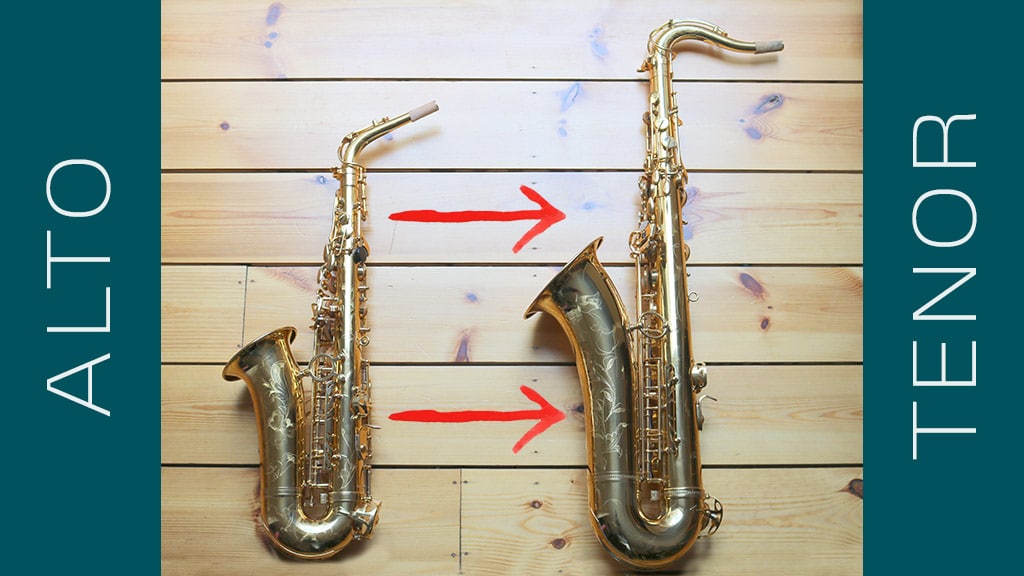
The tenor sax is laid out exactly the same as an alto in terms of key-work, it’s obviously bigger and it’s in a different key but by far the most significant difference is the way that sound is produced and the embouchure that is required. The mouthpiece, reed and ligature are bigger than that of an alto and require the player to have a substantially different approach.
The main difference in a very general sense is that the embouchure is much more open and relaxed for tenor, so you are going to need “sloppy chops” in comparison to an alto.
It’s worth making a distinction here for embouchure in general between “firm” and “tight”. With my young son Charlie, if I give him a firm hug, he can feel my strength and power but I’m not making his eyes bulge like I would if I just squeezed him as tightly as I could. For tenor sax you need a firm embouchure, but not as tight as with an alto otherwise you are likely to make some interesting squeaking sounds that can be interpreted by whales hundreds of miles away.
Lots of people start playing sax on an alto and then look to progress to the tenor.
If you can make a consistently nice sound on an alto this means that you have trained your brain to recognise how firm your facial muscles need to be in order to get that sound. When you put your alto sax mouthpiece into your mouth your brain recognises it and sends information to your facial muscles.
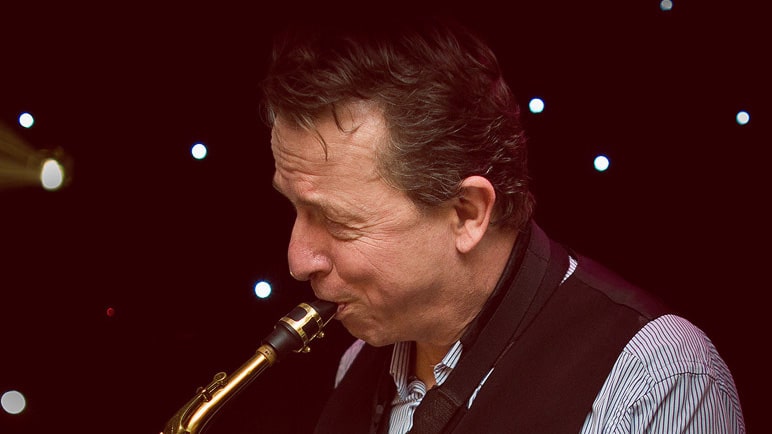
When you first start playing tenor, you need to re-write or update the mental programming file for embouchure and adapt it for the tenor and this can take time. When you stop playing the tenor and pick up the alto again, it’s likely that at first this could mildly confuse your brain’s embouchure programming software.
However, when you stick with it and grow your ability to get a great sound from the tenor and the alto, your embouchure knowledge will be richer and you will likely have a fuller sound on the alto as a result of your practice on the tenor.
Low notes on the alto will become extremely easy where they might have caused a challenge before. High notes on the tenor are easy to get if you are used to playing an alto.
So, no, although it may disrupt it very slightly in the initial stages, playing the tenor sax will not negatively impact your playing on the alto in the mid or long term.
Overall it’s a great thing to be able to play both instruments. And let’s face it, you can’t have too many saxophones in your life as they have been scientifically proven to be the most beautiful things on Earth.
I’m not biased, honest. Ok… maybe a bit.
Goldington Saxophones are modelled on vintage saxes, available in a range of stylish finishes for Alto, Tenor, and Soprano. For more information please visit: www.saxandhoney.com/saxophones-for-sale
Sax Bandits members can claim an exclusive offer via Sax HQ.

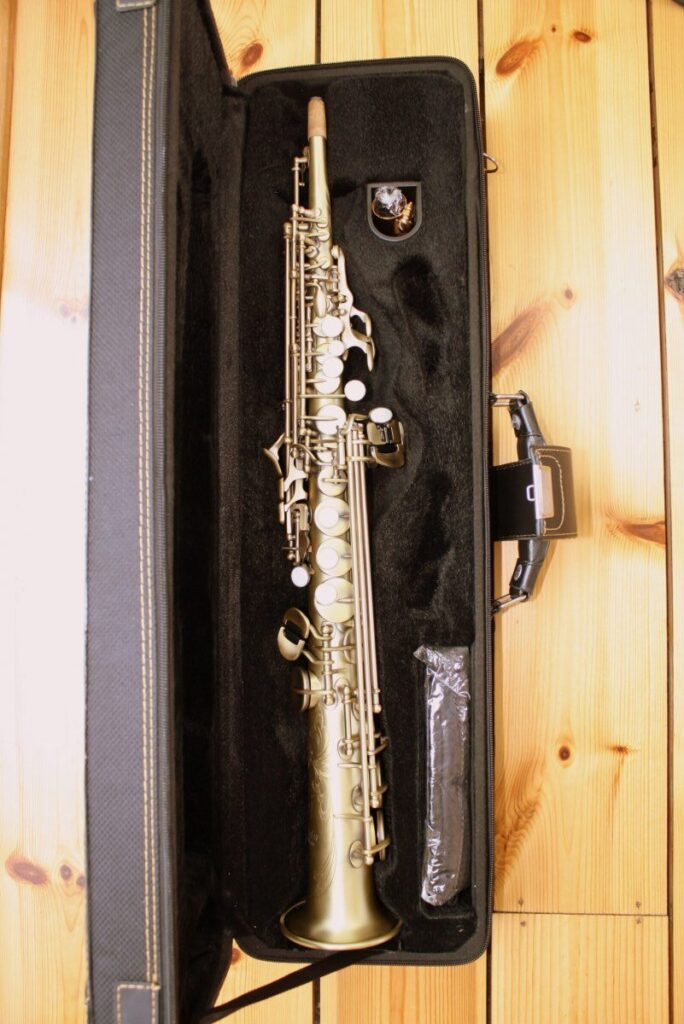
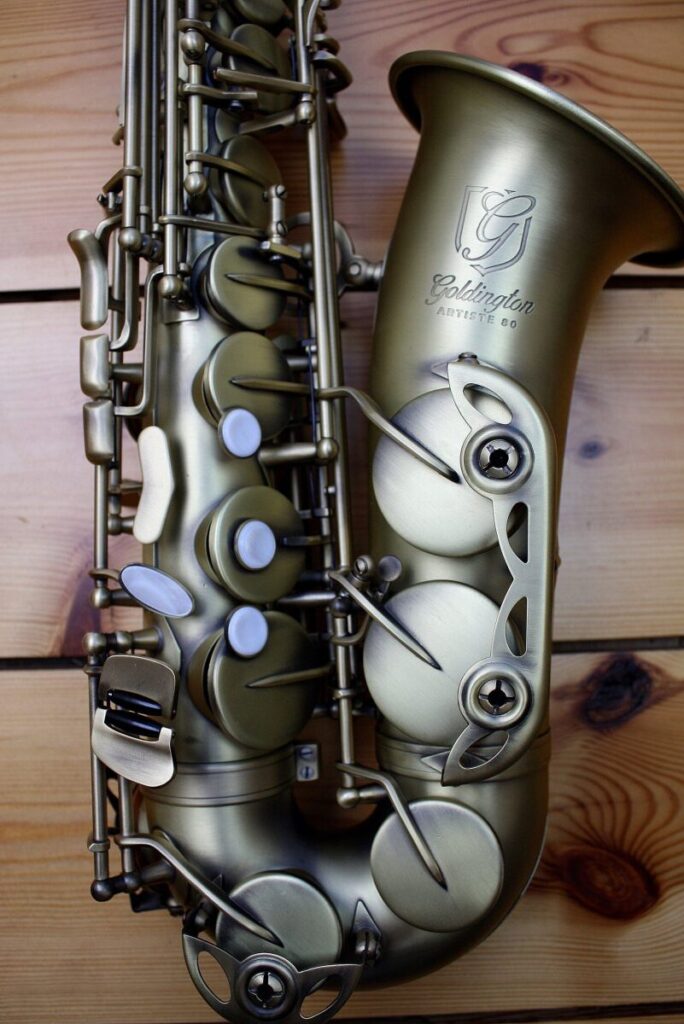
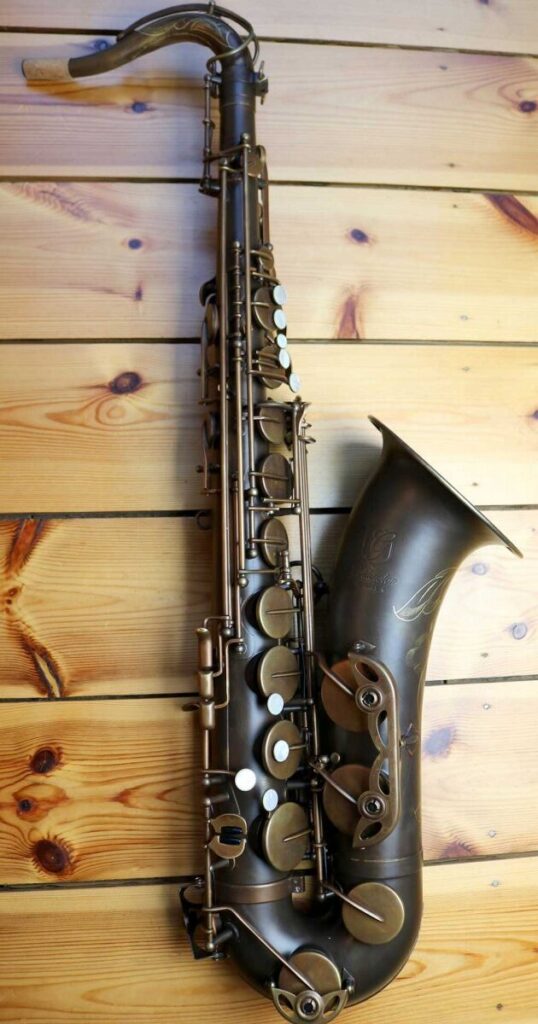




I’ve played alto for many years, and recently started playing tenor too. Besides the adjustment in embouchure (more open and relaxed, and more of the mouthpiece in my mouth), I believe there is a relearning of the voicing that goes on inside your mouth and vocal tract. Through long tones and harmonics work, it becomes natural to automatically adjust your tongue, throat, etc. to match the pitches. But since the tenor is in a different key, the voicing that works for a particular fingering on the alto is not right for the tenor, and vice versa.
I especially had trouble with 2nd octave G and G#, right below where the octave vents switch over. I’d get squeaks on transitions across the vent switch, like A to G. It seems like a combination of both the embouchure adjustments and hearing the notes and matching my vocal cavity to that pitch is the solution to avoid those chirps or squeaks.
You would be correct Glen. The throat position needed for each saxophone is different, from Soprano through to Bari. You have to retrain your throat and mind what pitch to expect when pressing a certain key on the instrument. Try to approach each saxophone as it’s own unique instrument. Keep practicing and you’ll get the hang of it!